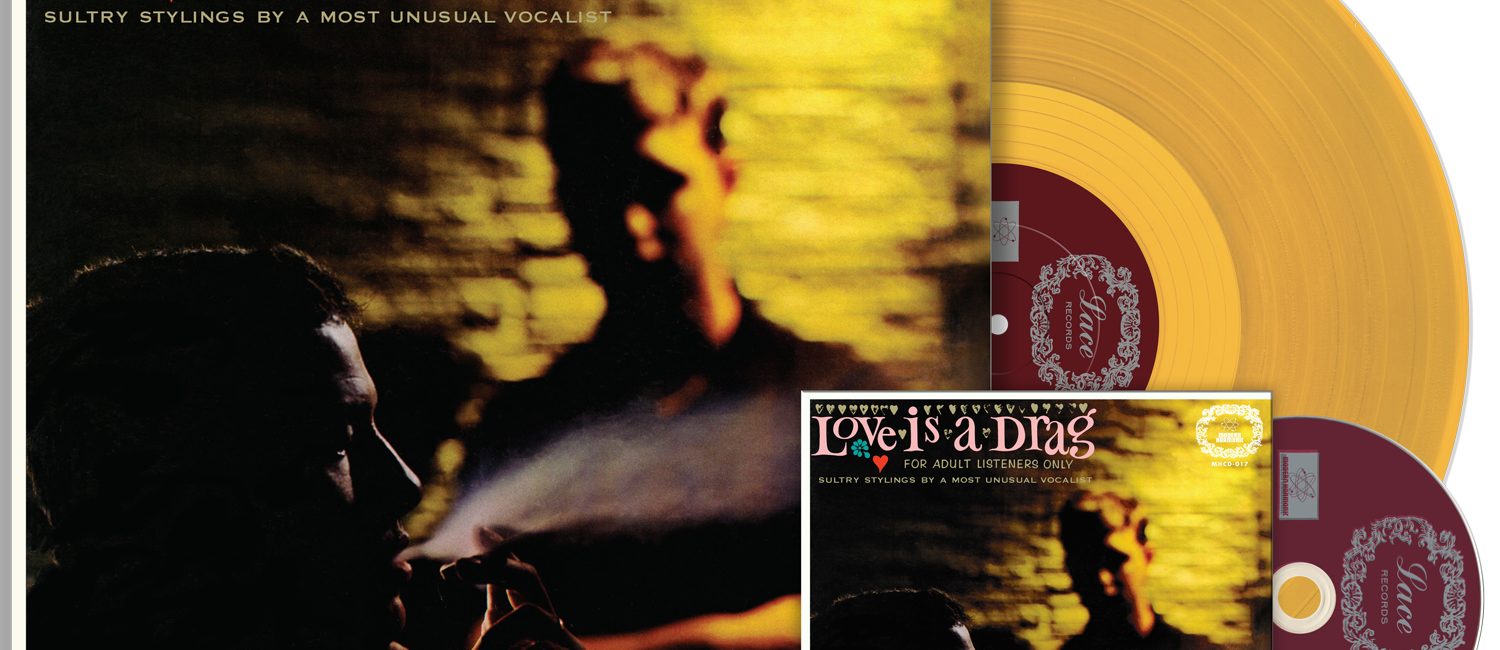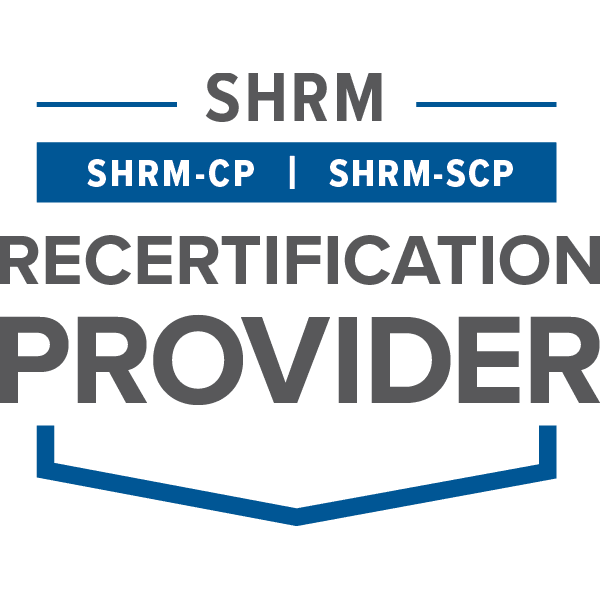
A Big Band singer, a Hollywood photographer, and an LGBT music and history archivist are at the heart of the story behind Love Is A Drag, the 1962 LP of love songs by men, for men, which remained a mystery for over fifty years.
It starts with JD Doyle, a historian and archivist of LGBT music and history that came upon the record, which resonated with him almost immediately. The songs took classic standards like “The Man I Love” and “Mad About That Boy,” songs that were intended to be from a woman to a man, and changed it from a man to a man. Doyle had the record in his collection for decades and would play the songs on his radio show, Queer Music Heritage.
The album fascinated Doyle, and he knew these songs were truly before their time. It was because of this, he couldn’t help but be mystified as to why there was not an artist or producer named on the album. A single line of subtext wrote, “For Adult Listeners Only, Sultry Stylings by a Most Unusual Vocalist.”
Most likely, the record would have remained a mystery, until Murray Garrett reached out to Doyle ready to come forward with the truth about the album.
Garrett was a Hollywood photographer through the late 1940s to the 1970s, and photographed stars such as Marilyn Monroe and Frank Sinatra. Through his photography career, he created a partnership with Gene Howard, a Big Band singer, and the two together worked closely with Jack Ames, the founder of Edison International Records.
When Ames asked Garrett and Howard if they had any ideas for a record that Edison International Records could release, Garrett remembered a performance he saw once in Greenwich Village of a man singing love songs addressed to another man in a serious way. That night was unforgettable as the performers of the day were extremely campy and dramatic.
Despite being straight and married to a woman, Howard agreed to sing on the record with a host of Los Angeles session musicians, and Ames released the record under a “fake” label called Lace Records to avoid Edison International being pigeonholed as a gay record label. The record sold well in Hollywood, and Frank Sinatra, Liberace, and Bob Hope were among some of its biggest advocates.
Now, with the mystery solved, and the masters purchased by Sundazed, Love is a Drag will be reissued by Modern Harmonic, available on gold vinyl, as well as a CD format, with original liner notes, and new notes from JD Doyle just in time for Record Store Day, November 26th.
In celebration of the release of Love is a Drag, Color Magazine conducted the following interview with JD Doyle.
Color Magazine: First I would like you to explain to listeners what life was like for a gay man back in 1962 as compared to today. Set the scene, if you will, for the word in which the album was released.
JD Doyle: Remember that 1962 was years before Stonewall (1969), and even a number of years before a magazine distributor could send “gay” publications with body builder photos (in the guise of “physique” magazines) through the U.S. mails. There had been isolated political activities since 1953, but only in scattered large cities on the coasts, and that visible population was very, very tiny. Whatever gay community that existed was definitely difficult to find.
In the early 1960s there were no closets. And that’s a bold statement that needs explaining. The modern closet metaphor did not exist because there was no expectation that gay people would reveal their homosexuality to anyone except to other gay people. Rather than thinking themselves in some vast closet, instead more accurately they were wearing masks allowing them to pass as straight to avoid persecution.
Musically before the 1960s there were a few comedy recordings making stereotypical fun (lisping, mincing) of gay people and a very scattered number, mostly in the blues field, with singers coming from a gay perspective. There was certainly nothing mainstream and nothing deemed as being by gays for gays. That “market” did not exist, and would not exist for another ten years.
Color Magazine: The Love Is a Drag LP almost sounds almost like a novelty record, something made for fun, but on closer listening you can tell it’s not. Were the people making the record worried about being taken seriously?
JD Doyle: Even over fifty years later a song with a man singing a love song to a man (or a woman to a woman) is not accepted on mainstream radio. So I do not think in 1962 there were any illusions about that. The producers wanted to come up with something different and had in mind a quite select market. The subtitle of the album was “For Adult Listeners Only.” This was an LP of love song standards, certainly containing no “adult” lyrics, but that caution tells you a lot about society then. It was as if the very existence of gay people was subversive and only to be whispered about.
Color Magazine: The voice of Love is a Drag turned out to be Gene Howard, a Big Band singer who also happened to be straight and married. Do you have any insight into what he felt about singing on the LP?
JD Doyle: Gene Howard died in 1993, but I asked Murray Garrett, the producer, about that and he said that from the beginning no one wanted to even do the project unless it was done with dignity, and everyone involved with the recording was straight, including some of the best studio musicians in Hollywood. They were professionals and that was that. Howard’s wife even requested to be at the recording sessions, just to assure for herself that things were done in good taste, and everything was.
Color Magazine: How do you think gay men will react to hearing these songs today?
JD Doyle: For gay men seeking out “gay music” they still won’t find it on regular radio, but with the internet and handful of niche programs and YouTube searches it can be found. I think it would mostly be baby boomers who like the standards that would appreciate what was done with this album. And hopefully they would also be pleased that songs they may already love were being sung to them. No pronouns needed switching to identify with the songs.
Color Magazine: Can you talk a bit about the day Murray Garrett first approached you with the keys to the mystery of who was on the album?
JD Doyle: I had owned that LP for decades and of course wondered about who the singer was, but never in any remote dreams did I think I would ever learn his identity. As an archivist I of course knew that history has many mysteries that will never be known. But I played tracks from the LP as early as eight years before. A key is that I set up my music website as a resource, because history needs to be accessible, not just played on the radio and gone. So all my shows are archived and search engines can find them. When I received the email from Murray Garrett I was stunned. It was like a Holy Grail knocking on your door. I immediately wrote him back requesting a phone interview and I was delighted to be able to capture the story.
Color Magazine: Upon its release, the record sold well in Hollywood, and we’ve been told that Frank Sinatra, Liberace, and Bob Hope were among some of its biggest advocates. Can you expand on that? Do you know what they, or any other celebrity said about the record?
JD Doyle: My only information on that angle is what Mr. Garrett told me in the interview. He was well connected in Hollywood and news of the recording spread fast, with the mystery fueling the fun. People tried to figure out who the singer was, but no one ever did.
My favorite story about this is the one he told me concerning Liberace. Garrett and Howard were well-known for photographing album covers and one for Liberace was scheduled. When he came over to the studio, bringing his own candelabra, Garrett put the album on the phonograph, without saying a word about it, just in the background during the photo shoot. When they were finished Liberace went back into the dressing room, changed back into his street clothes, picked up his candelabra, and very quietly walked over to the turntable, picked up the record and said, “ta, ta.” And he walked out, with the record. Many times after that he told Garrett, “you know, you produced by favorite album.”
Color Magazine: Love is a Drag will be reissued by Modern Harmonic, available on gold vinyl, as well as a CD format, with original liner notes, and new notes from JD Doyle just in time for Record Store Day, November 26th. What would you say to people – straight or otherwise – to encourage them to pick up a copy of Love is a Drag?
JD Doyle: This is both a history treasure and an excellent recording of standards, done from a non-standard point of view.
To listen to the radio show where JD Doyle interviewed Murray Garret, click HERE.


